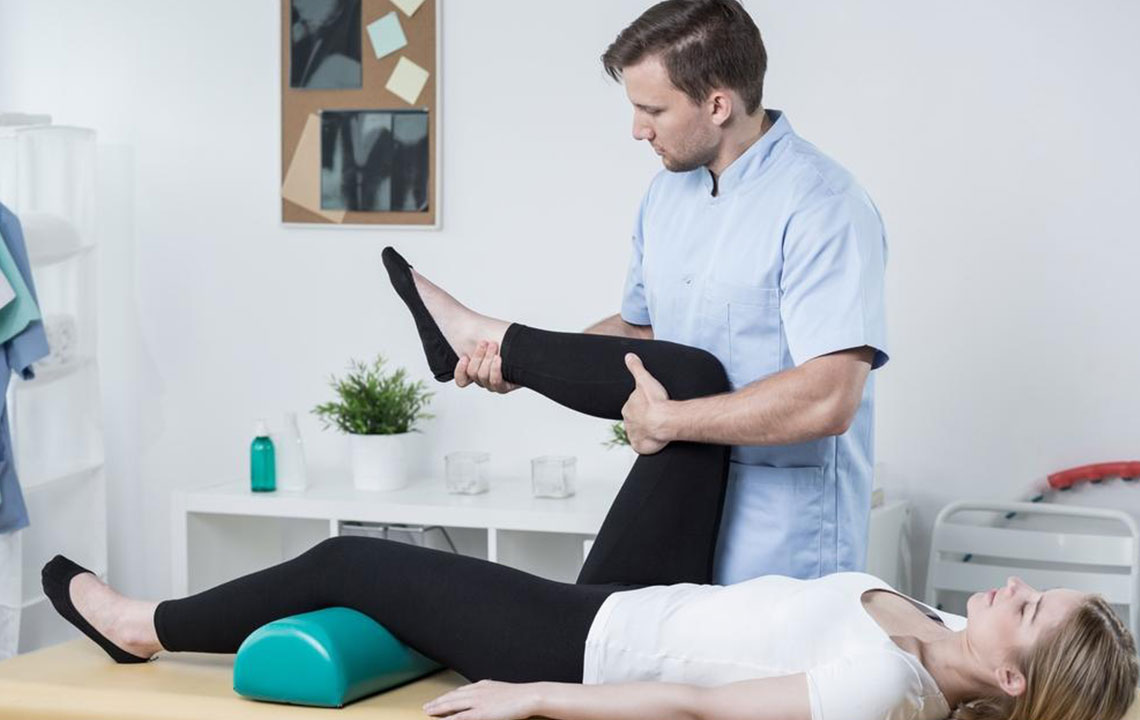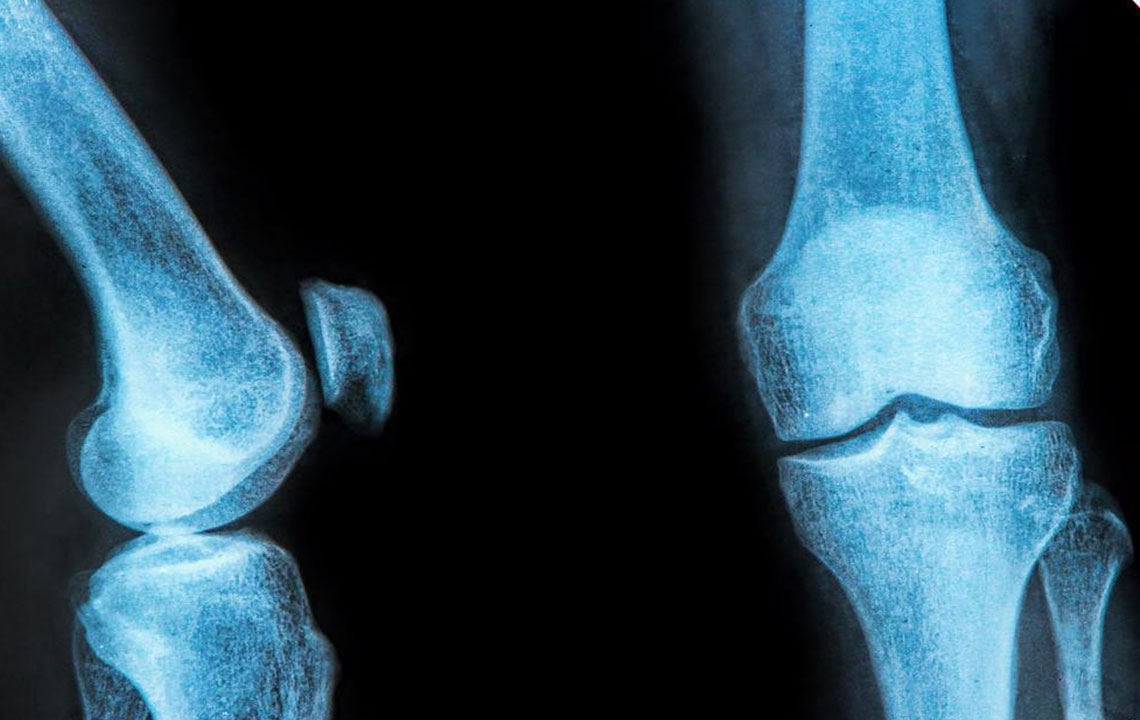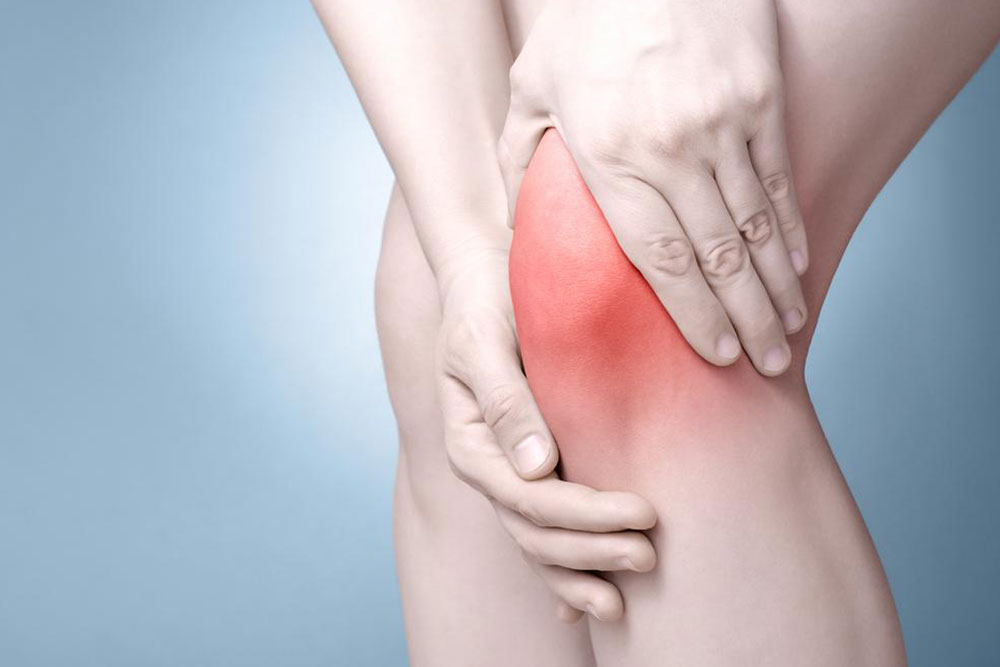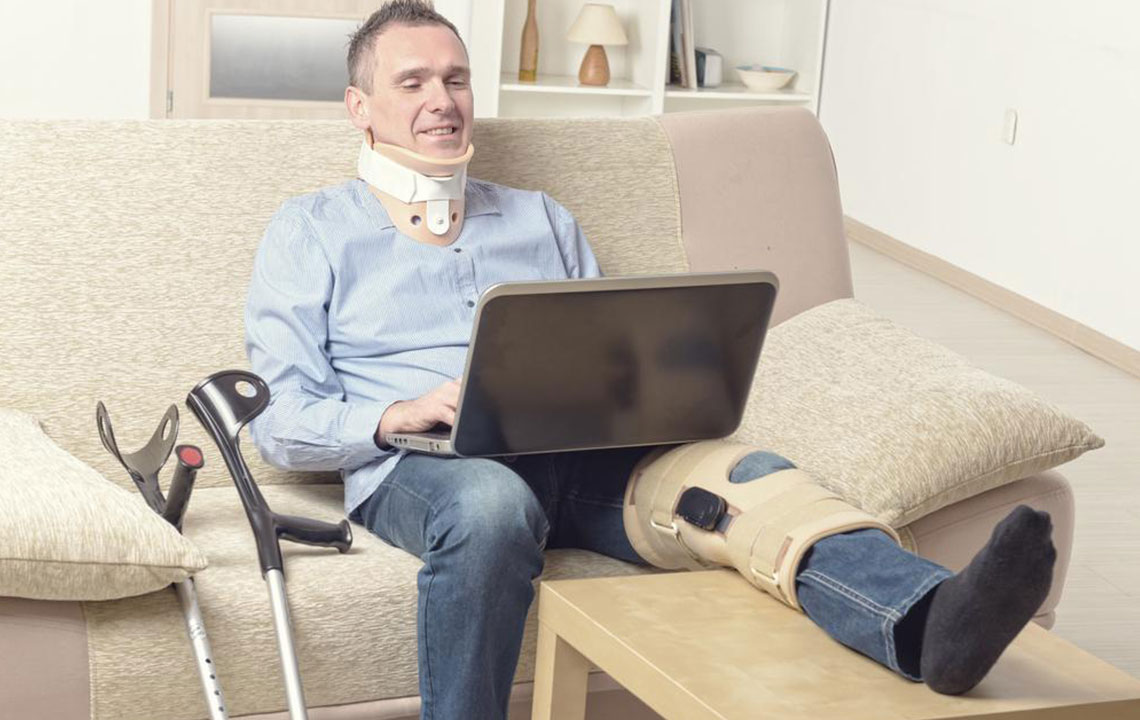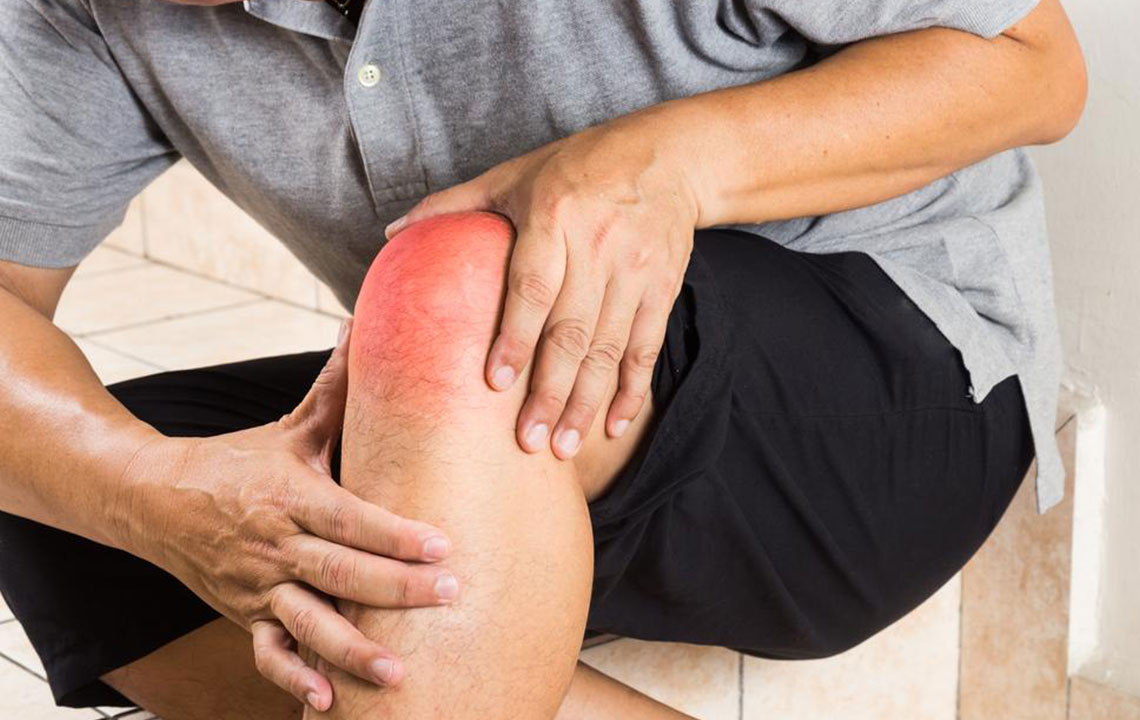Complete Guide to Understanding and Treating Meniscus Knee Injuries
This comprehensive article delves into the intricacies of meniscus injuries, covering causes, symptoms, diagnostic methods, prevention strategies, and treatment options. Whether you’re an athlete or a casual mover, understanding how to identify and manage meniscus tears can help you maintain healthy, pain-free knees. Learn about conservative treatments, surgical options, and effective rehabilitation practices designed to promote healing and prevent future injuries, ensuring optimal knee function and mobility for years to come.

The meniscus is a vital piece of cartilage located within the knee joint, acting as a cushion that absorbs shock and stabilizes the knee during movement. Comprising two crescent-shaped pieces—medial and lateral menisci—this cartilage plays an essential role in the overall health and function of the knee. Due to its crucial function, any damage or tear to the meniscus can significantly impair mobility and cause persistent pain. This comprehensive guide explores the causes, symptoms, preventive measures, diagnosis, and various treatment options for meniscus injuries, aiming to provide valuable insight for patients and healthcare providers alike.
Injuries to the meniscus are surprisingly common, especially among athletes engaging in high-impact sports or activities that involve twisting, pivoting, or sudden directional changes. Athletes who participate in football, basketball, soccer, tennis, and skiing are particularly susceptible, but meniscus tears are not exclusive to sports enthusiasts. Everyday movements such as twisting the knee while getting up from a squat, stepping awkwardly, or lifting heavy objects can induce tears, regardless of age or activity level.
Understanding the anatomy and function of the meniscus is critical for appreciating how injuries occur and how they can be effectively managed. The menisci serve to distribute body weight across the knee joint, reduce friction during movement, and contribute to shock absorption. Any damage to these structures can compromise these functions, resulting in pain, swelling, instability, and limited range of motion.
Meniscus tears can happen at any age, but their incidence varies across different life stages. Children and teenagers might experience tears due to sports-related injuries, while older adults, especially those over 30, are more vulnerable because of age-related cartilage degeneration or underlying conditions like osteoarthritis. People with osteoarthritis often have weakened cartilage, making their menisci more susceptible to tears even with minor trauma or movements.
Recognizing the symptoms of a meniscus injury is vital for early diagnosis and effective treatment. Common signs include persistent knee pain, swelling, stiffness, catching or locking of the knee joint, a sensation of instability, and a popping or clicking sound during movement. These symptoms can vary depending on the severity and location of the tear, as well as the individual's overall health.
Diagnostic procedures for meniscus injuries include physical examinations, which may involve specific movements and palpations to assess knee stability and pain points. Advanced imaging techniques such as X-rays, Magnetic Resonance Imaging (MRI), and arthroscopy are often employed for definitive diagnosis. MRI provides detailed images of soft tissues, enabling precise evaluation of the extent and location of the tear. Arthroscopy, a minimally invasive surgical procedure, allows direct visualization of the internal knee structures and can facilitate simultaneous repair or removal of damaged tissue.
Prevention plays a significant role in minimizing the risk of meniscus injuries. Engaging in proper warm-up routines, strengthening the muscles around the knee, maintaining flexibility, and avoiding sudden or awkward movements during physical activities are essential strategies. Athletes should also use appropriate footwear and protective gear, and adhere to training protocols that emphasize correct technique. Moreover, individuals with pre-existing knee conditions or cartilage degenerations should be cautious during daily activities and sports.
When it comes to treatment, the approach depends largely on the severity, location, and type of meniscus tear. Minor tears, or those involving only a small part of the meniscus, can often heal with conservative methods. Resting the knee, applying ice packs to reduce swelling, compressing the area with elastic bandages, and elevating the leg are initial steps to manage symptoms. Over-the-counter anti-inflammatory medications, such as ibuprofen or naproxen, can help alleviate pain and inflammation.
Physical therapy plays a crucial role in recovery by strengthening the muscles around the knee, improving flexibility, and restoring normal movement patterns. Specific exercises tailored by a physical therapist can promote healing and prevent further injury. It’s important to avoid activities that exacerbate symptoms during this period.
In more severe cases, surgical intervention may be necessary. The most common procedure is arthroscopic meniscectomy, where damaged tissue is carefully removed, or a meniscal repair, where the tear is stitched back together. Advances in minimally invasive surgical techniques have significantly improved recovery times, with most patients returning to their normal routines within a few weeks post-operation.
Post-surgical care involves a combination of rest, physical therapy, and gradual return to activity. Adhering to the surgeon’s instructions, avoiding strenuous activities, and participating in guided rehab programs are essential to ensure proper healing and avert future complications. Maintaining a healthy weight, practicing proper biomechanics during movement, and continuing strength training are ongoing preventive measures.
Ultimately, timely diagnosis, appropriate treatment, and diligent rehabilitation are key to restoring knee function, reducing pain, and preventing long-term degenerative changes such as osteoarthritis. If you suspect a meniscus injury, consulting a healthcare provider promptly can make a significant difference in your recovery trajectory and overall knee health.
